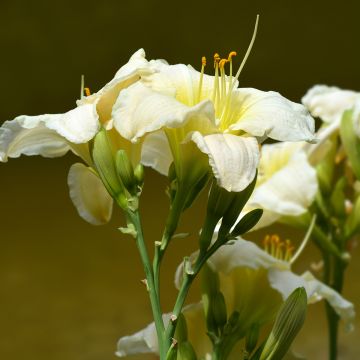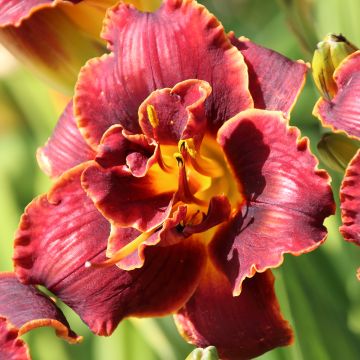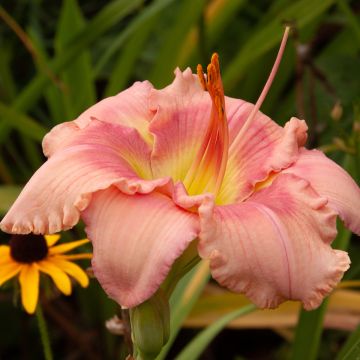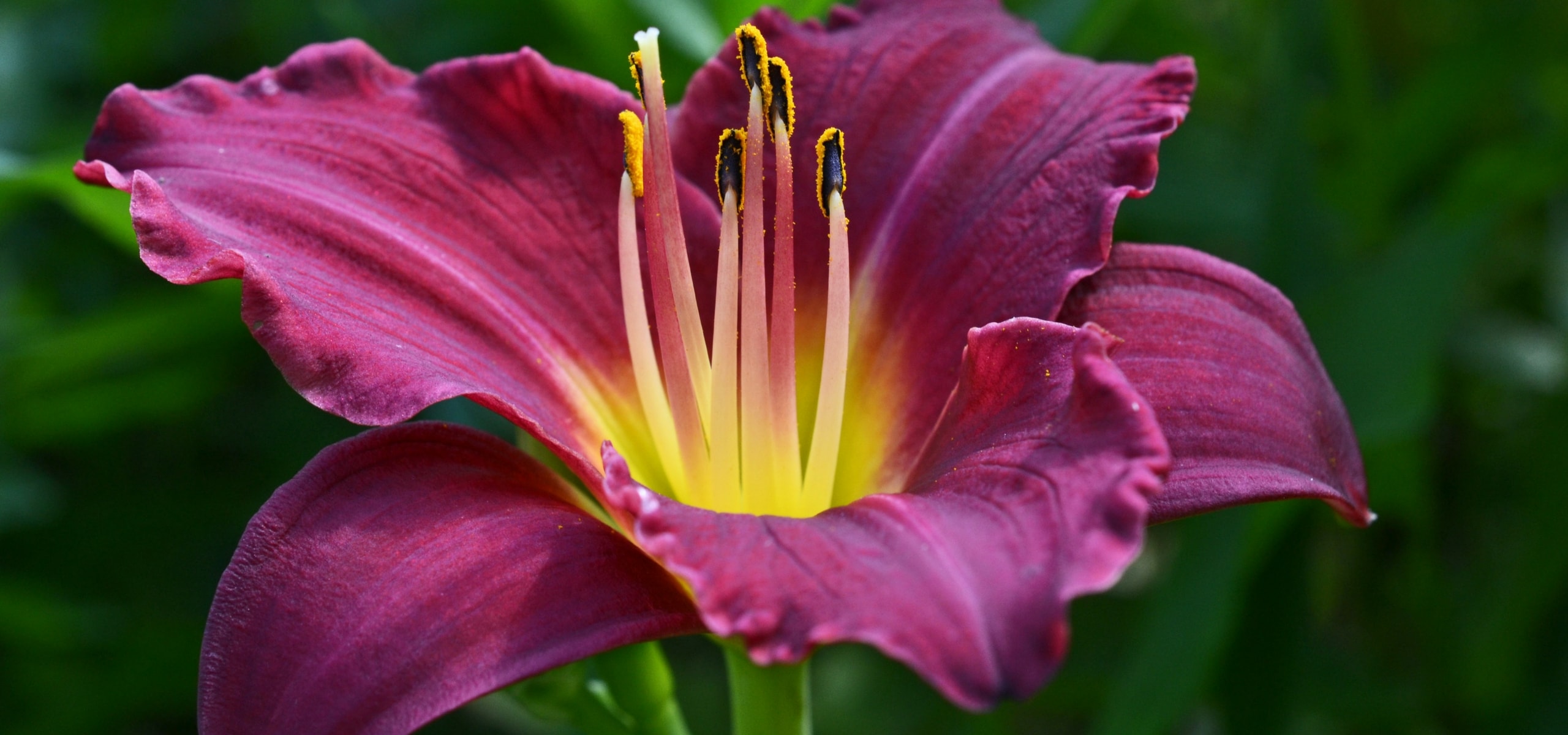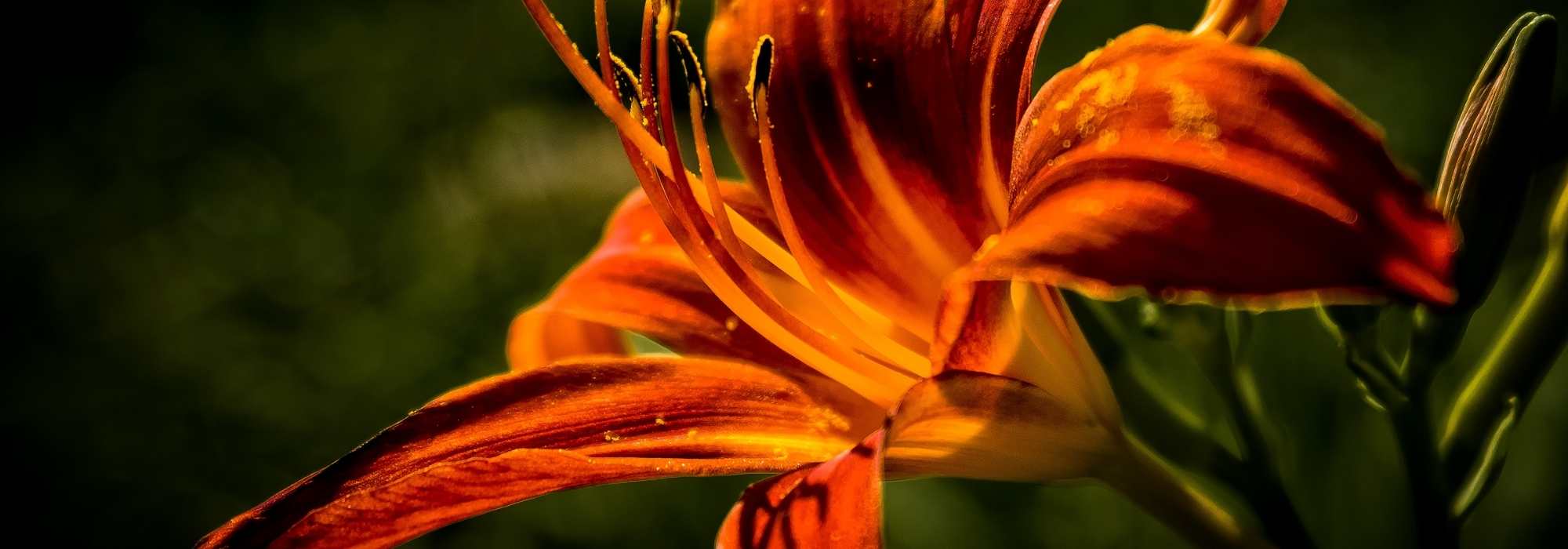

Hemerocallis Strutters Ball - Daylily
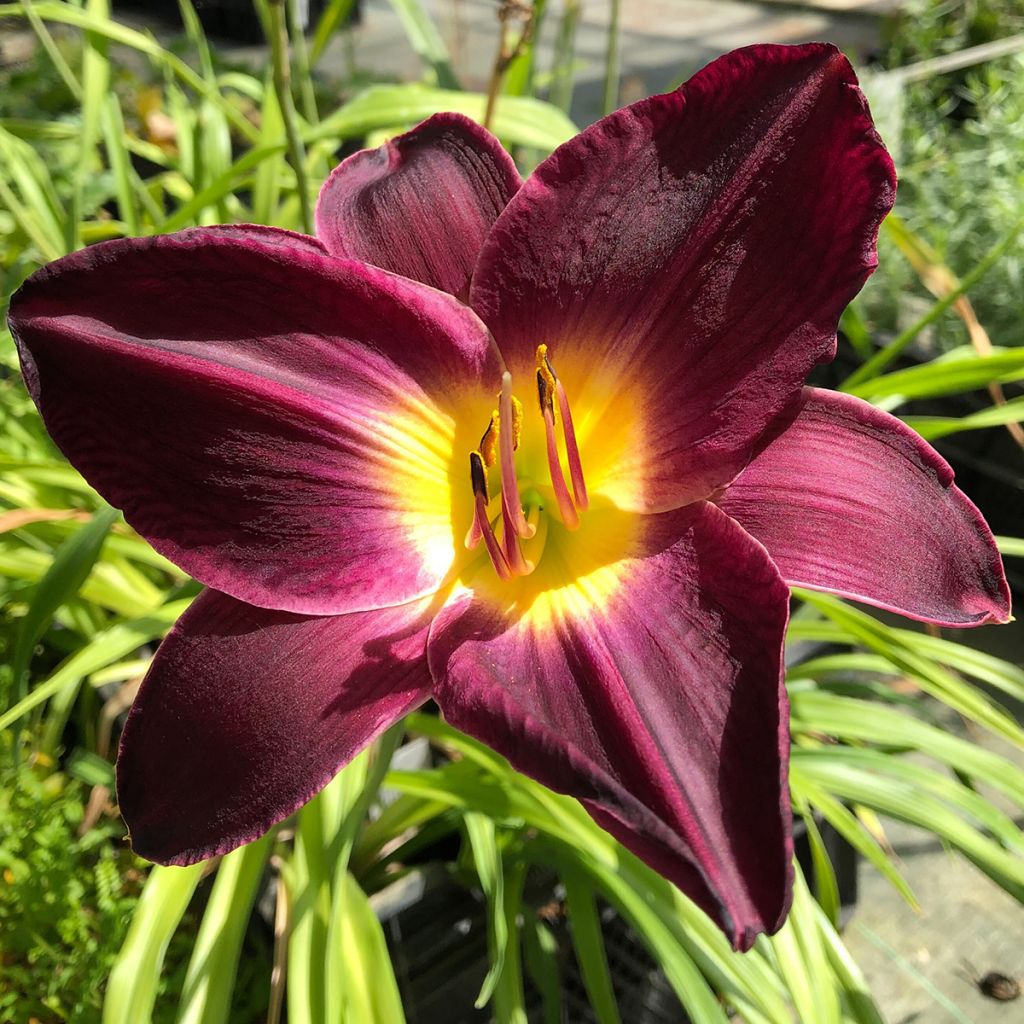

Hemerocallis Strutters Ball - Daylily


Hemerocallis Strutters Ball - Daylily
Hemerocallis Strutters Ball - Daylily
Hemerocallis Strutter s Ball
Daylily
Rachitic young plant.
Chantal B., 12/11/2018
Special offer!
Receive a €20 voucher for any order over €90 (excluding delivery costs, credit notes, and plastic-free options)!
1- Add your favorite plants to your cart.
2- Once you have reached €90, confirm your order (you can even choose the delivery date!).
3- As soon as your order is shipped, you will receive an email containing your voucher code, valid for 3 months (90 days).
Your voucher is unique and can only be used once, for any order with a minimum value of €20, excluding delivery costs.
Can be combined with other current offers, non-divisible and non-refundable.
Why not try an alternative variety in stock?
View all →This plant carries a 12 months recovery warranty
More information
We guarantee the quality of our plants for a full growing cycle, and will replace at our expense any plant that fails to recover under normal climatic and planting conditions.

Would this plant suit my garden?
Set up your Plantfit profile →
Description
Daylily or Hemerocallis 'Strutter's Ball' is a vigorous and floriferous variety, with a unique colour that stands out in the garden. This daylily displays large, velvety flowers, a truly shiny wine-red colour, glazed with silvery reflections, and marked with a pink halo around the yellow and green throat. Its flowering is long and abundant, in mid-season, and its foliage is deciduous. Awarded several times, this trouble-free perennial is a marvel whose success is guaranteed in ordinary, but fertile and not overly dry soil.
The Hemerocallis genus belongs to the Liliaceae family. These are perennial and hardy plants whose foliage is deciduous and sometimes semi-evergreen. The 'Strutter's Ball' variety is a tetraploid horticultural creation, dating back to 1984, awarded in 1989 and 1992. This perennial grows in a fairly dense clump that will reach 70 cm (28 in) in height, with a relative spread of 40-45 cm (16-18 in). Daylilies tend to spread a little when they like the location. The flowers, wide and very flared, measure about 15 cm (6 in) in diameter. The petals in this variety are wide and thick, with an undulating edge and slightly recurved backwards. They have a thick and very velvety texture, which reflects light beautifully, rather like a mirror. Each petal, crossed by a fine iridescent central line, is darker on the edge and marked with a pink-violet area around the throat. Each flower lasts no more than a day, but flowering is constantly renewed over a beautiful period between June and July. The stems are robust and adorned with numerous buds. The foliage is linear and deciduous. Daylilies are plants with short rhizomes and fleshy roots that tolerate dry soils, but are more opulent and more floriferous in fresh soil.
Very easy to grow, these plants thrive both in shade and in the sun. Some of them are prone to be invasive, so do not hesitate to divide the clumps every four or five years, preferably in autumn, after flowering. Daylilies are often called "the perfect perennial plant" because of their bright colours and their ability to tolerate any type of environment, but also due to their lack of modesty: they display a beautiful exuberance that goes well with other perennials. Plant them in generous clumps in the background of your borders. All summer bulb flowers can be planted together with daylilies. 'Strutter's Ball' is an interesting variety for its long flowering period that will accompany that of roses, perennial flax, erigerons, pink coneflowers, lilies or other daylilies in pink or white tones. It forms a striking display when combined with yellow red hot pokers (Kniphofia Minister Verschuur). On a balcony or terrace, large pots of at least 30 cm (12 in) deep should be used and dwarf varieties should be chosen. The flowers are edible: they brighten up salads and garnish desserts.
Hemerocallis Strutters Ball - Daylily in pictures




Flowering
Foliage
Plant habit
Botanical data
Hemerocallis
Strutter s Ball
Hemerocallidaceae
Daylily
Cultivar or hybrid
Other Hemerocallis - Daylilies
View all →Planting and care
Plant your daylily in good garden soil that is not too clayey, and that is enriched with humus and compost. Under these conditions, your perennial will have good tolerance to summer droughts and will not suffer from winter frosts. Very easy to grow, this variety is not susceptible to parasites or diseases, so there is no need to treat it and rodents are not interested in it. Daylilies thrive both in partial shade and in full sun: 4 to 5 hours of daily sunlight will be enough. Plant by burying the collar 3 to 4 cm (1 to 2 in) below the surface. Do not plant them too closely to each other if you are planting several, as the gaps will quickly fill up. For a few weeks after planting, it is a good idea to keep the soil moist. Divide the clump preferably in autumn, after flowering.
Planting period
Intended location
Care
Planting & care advice
-
, onOrder confirmed
Reply from on Promesse de fleurs
Haven't found what you were looking for?
Hardiness is the lowest winter temperature a plant can endure without suffering serious damage or even dying. However, hardiness is affected by location (a sheltered area, such as a patio), protection (winter cover) and soil type (hardiness is improved by well-drained soil).

Photo Sharing Terms & Conditions
In order to encourage gardeners to interact and share their experiences, Promesse de fleurs offers various media enabling content to be uploaded onto its Site - in particular via the ‘Photo sharing’ module.
The User agrees to refrain from:
- Posting any content that is illegal, prejudicial, insulting, racist, inciteful to hatred, revisionist, contrary to public decency, that infringes on privacy or on the privacy rights of third parties, in particular the publicity rights of persons and goods, intellectual property rights, or the right to privacy.
- Submitting content on behalf of a third party;
- Impersonate the identity of a third party and/or publish any personal information about a third party;
In general, the User undertakes to refrain from any unethical behaviour.
All Content (in particular text, comments, files, images, photos, videos, creative works, etc.), which may be subject to property or intellectual property rights, image or other private rights, shall remain the property of the User, subject to the limited rights granted by the terms of the licence granted by Promesse de fleurs as stated below. Users are at liberty to publish or not to publish such Content on the Site, notably via the ‘Photo Sharing’ facility, and accept that this Content shall be made public and freely accessible, notably on the Internet.
Users further acknowledge, undertake to have ,and guarantee that they hold all necessary rights and permissions to publish such material on the Site, in particular with regard to the legislation in force pertaining to any privacy, property, intellectual property, image, or contractual rights, or rights of any other nature. By publishing such Content on the Site, Users acknowledge accepting full liability as publishers of the Content within the meaning of the law, and grant Promesse de fleurs, free of charge, an inclusive, worldwide licence for the said Content for the entire duration of its publication, including all reproduction, representation, up/downloading, displaying, performing, transmission, and storage rights.
Users also grant permission for their name to be linked to the Content and accept that this link may not always be made available.
By engaging in posting material, Users consent to their Content becoming automatically accessible on the Internet, in particular on other sites and/or blogs and/or web pages of the Promesse de fleurs site, including in particular social pages and the Promesse de fleurs catalogue.
Users may secure the removal of entrusted content free of charge by issuing a simple request via our contact form.
The flowering period indicated on our website applies to countries and regions located in USDA zone 8 (France, the United Kingdom, Ireland, the Netherlands, etc.)
It will vary according to where you live:
- In zones 9 to 10 (Italy, Spain, Greece, etc.), flowering will occur about 2 to 4 weeks earlier.
- In zones 6 to 7 (Germany, Poland, Slovenia, and lower mountainous regions), flowering will be delayed by 2 to 3 weeks.
- In zone 5 (Central Europe, Scandinavia), blooming will be delayed by 3 to 5 weeks.
In temperate climates, pruning of spring-flowering shrubs (forsythia, spireas, etc.) should be done just after flowering.
Pruning of summer-flowering shrubs (Indian Lilac, Perovskia, etc.) can be done in winter or spring.
In cold regions as well as with frost-sensitive plants, avoid pruning too early when severe frosts may still occur.
The planting period indicated on our website applies to countries and regions located in USDA zone 8 (France, United Kingdom, Ireland, Netherlands).
It will vary according to where you live:
- In Mediterranean zones (Marseille, Madrid, Milan, etc.), autumn and winter are the best planting periods.
- In continental zones (Strasbourg, Munich, Vienna, etc.), delay planting by 2 to 3 weeks in spring and bring it forward by 2 to 4 weeks in autumn.
- In mountainous regions (the Alps, Pyrenees, Carpathians, etc.), it is best to plant in late spring (May-June) or late summer (August-September).
The harvesting period indicated on our website applies to countries and regions in USDA zone 8 (France, England, Ireland, the Netherlands).
In colder areas (Scandinavia, Poland, Austria...) fruit and vegetable harvests are likely to be delayed by 3-4 weeks.
In warmer areas (Italy, Spain, Greece, etc.), harvesting will probably take place earlier, depending on weather conditions.
The sowing periods indicated on our website apply to countries and regions within USDA Zone 8 (France, UK, Ireland, Netherlands).
In colder areas (Scandinavia, Poland, Austria...), delay any outdoor sowing by 3-4 weeks, or sow under glass.
In warmer climes (Italy, Spain, Greece, etc.), bring outdoor sowing forward by a few weeks.




































